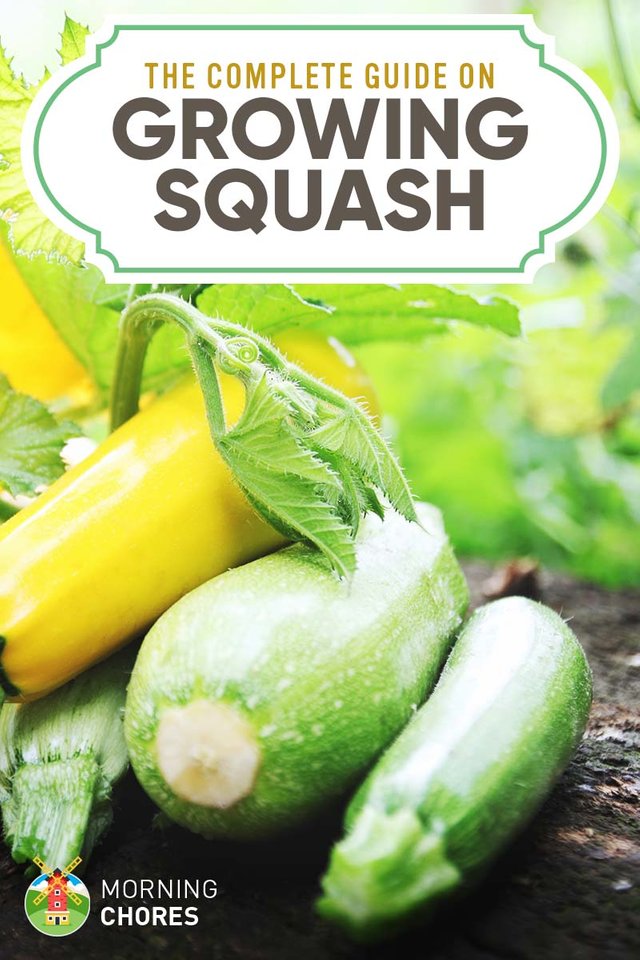Steem Farms Squash Farming
Varieties of Squash :
There are numerous assortments of squash, the vast majority of which are vine plants; there are various hedge types too, in any case. Before you develop squash, make certain you realize which type you have and plan your greenhouse in like manner. There are two sorts of squash assortments: summer and winter. Summer assortments of squash are enormous and thick. These sorts of plants don't spread as the vine types do. There are a few kinds of summer squash which arrive in an assortment of shapes and hues. The most well-known sorts include: Straight-neck Warped neck Scallop Zucchini Most winter assortments of squash are vine plants and will spread all through the greenhouse. Winter squash is frequently classified by natural product measure and there are various sizes, shapes and hues accessible. Winter assortments include: Oak seed Butternut Spaghetti Hubbard.
Developing Squash Tips
Likewise with other vine-developing harvests, squash inclines toward warmth, yet it is regularly to some degree hardier than melons or cucumbers. Squash plants require full sun, fruitful soil and adequate dampness. The utilization of all around treated the soil material blended into the dirt is suggested. Summer and winter squash develop best in ripe, well-depleted soil containing high measures of natural issue in regions of full sun. Natural issue can be included by consolidating fertilizer into the dirt just as deteriorated excrement. Squash can be planted straightforwardly into the greenhouse or began inside. Summer and winter squash are normally planted in slopes around 1 inch down. Sow seeds simply after any peril of ice has finished and the dirt has warmed. Typically, just 4 to 5 seeds for every slope is bounty, weakening to 2 or 3 plants for each slope once the seedlings have built up their actual leaves. Slopes and lines of summer squash ought to be roughly 3 to 4 feet separated while winter squash ought to be dispersed around 4 to 5 feet separated with 5 to 7 feet among columns and with the slopes divided around 3 feet separated. Squash can be begun inside 3 to about a month preceding the planting date. Begin seeds in peat pots however make certain the squash seedlings don't endure root unsettling influences during transplanting. You can plant 3 to 4 seeds for every pot and flimsy to 2 plants later. Make sure to solidify the plants off before planting in the greenhouse to diminish the stun of transplanting and hold up until all risk of ice has passed. It mulches squash plants liberally; mulching keeps up dampness and diminishes weeds.
Reaping Squash
Check every day when gathering squash plants, as these yields develop rapidly, particularly in sweltering climate. You should collect squash oftentimes to empower more generation and pick the natural products while still little. Squash that is excessively ready turns out to be hard, dingy and loses its flavor. The late spring assortments ought to be accumulated before the seeds have completely matured and keeping in mind that the skins are still delicate. The winter assortments ought not be picked until very much developed. Summer squash can be put away cool, damp territories as long as about fourteen days. They may likewise be canned or solidified. Summer squash is usually utilized in servings of mixed greens, sautéed, steamed, or cooked in different dishes. Winter squash can be put away in a cool, dry area for 1 to a half year. Winter squash is normally utilized in heated, steamed or bubbled dishes.
Developing Squash Issues :
Most assortments of squash are powerless to an assortment of microbes and parasitic illnesses. Fine buildup and bacterial shrivel are the most well-known. Malady issues are most basic in sweltering and damp climate. These infections can be treated with natural fungicides. An assortment of different irritations likewise can cause issues, contingent upon your specific zone. Squash bugs and squash vine borers can be not kidding bugs. These creepy crawlies can make whole leaves wither, turn dark colored and kick the bucket. Squash is likewise helpless to cucumber creepy crawlies, which feed on the leaves of the plants and spread infection starting with one plant then onto the next. Most grown-up creepy crawlies can be effectively expelled by hand, or you may apply a fitting bug spray to the base of the plants. With appropriate nursery arranging, developing necessities and support, a significant number of these issues can be maintained a strategic distance from. After the last gather, evacuate and annihilate all plant flotsam and jetsam to avert creepy crawly or malady infestations.

We @farms find this post informative, educative and valuable to newbies in this community and sub-community, thanks for sharing this post with us today.
Resteem
Congratulations @moize! You received a personal award!
You can view your badges on your Steem Board and compare to others on the Steem Ranking
Do not miss the last post from @steemitboard:
Vote for @Steemitboard as a witness to get one more award and increased upvotes!